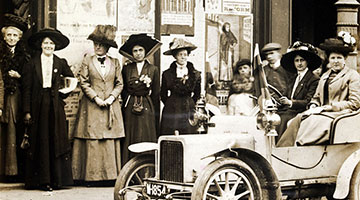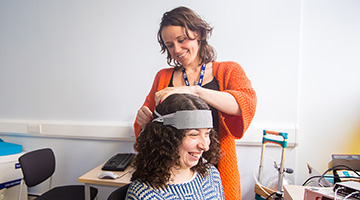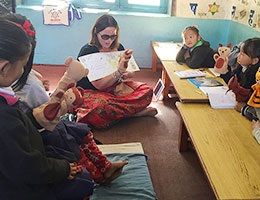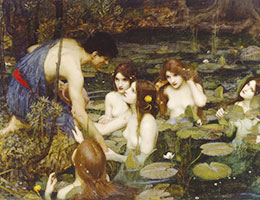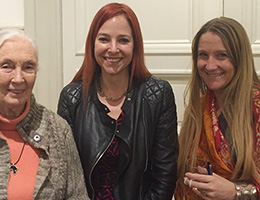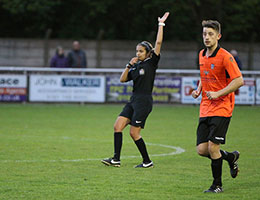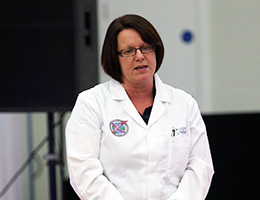International Women's Day
LJMU is proud to celebrate International Women's Day
When did it start?
A worldwide celebration of women's achievements and call for gender equality, International Women's Day can be traced back to the early 1900s. The earliest observance of a Women's Day was 28 February, 1909 in New York. A year later, German Socialist, Luise Zietz put forward the proposal of an International Women's Day and was backed by Clara Zetkin, a key figure in the Social Democratic Party of the country. The idea was a simple one that had staying power – one day a year every country would celebrate women and push for their progress.
Where are we now?
The original goal of achieving full gender equality for women has still not been realised. The gender pay gap and inequality in business and politics persists today. Globally, figures state that women remain worse off than their male counterparts when it comes to areas such as education, income and domestic violence. Issues surrounding women's rights continue to make headlines sparked most recently by sexual misconduct allegations against prominent men in Hollywood. The #MeToo movement showed just how commonplace abuse and harassment is in the workplace across all industries.
Although women have come a long way from first gaining the vote 100 years ago, there is still a good deal of work to be done for equality to be achieved.



